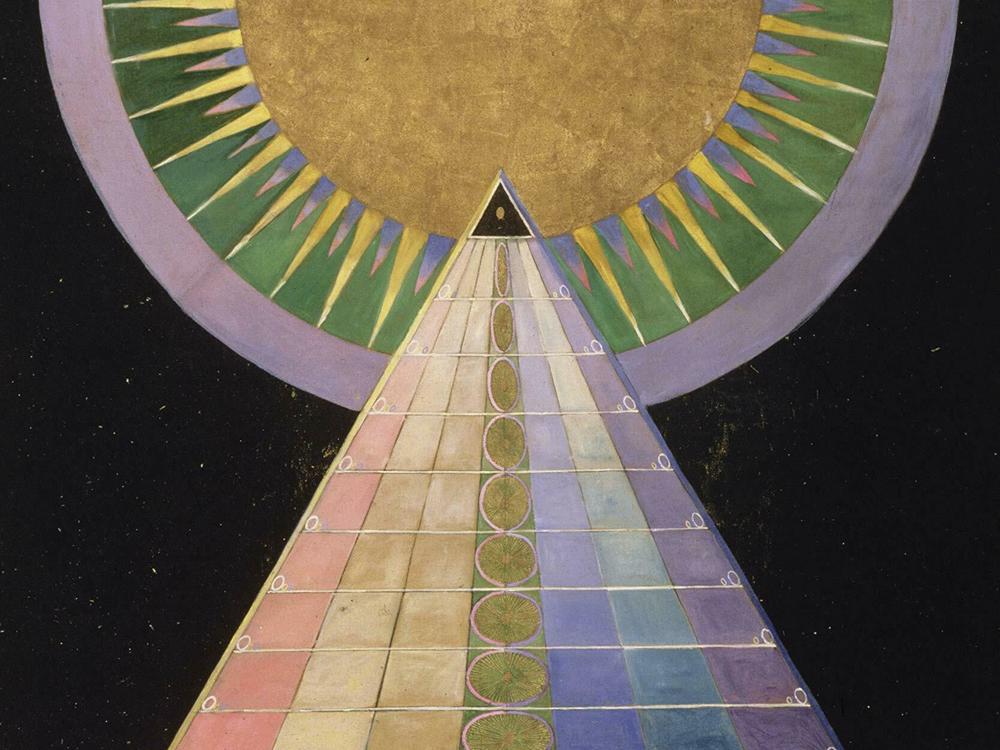Section Branding
Header Content
Relationships are the true heart of 1940s dystopian novel 'Kallocain'
Primary Content
There is nothing new about dystopian fiction — it's been around since the early 20th century or late 19th century, depending on who you ask — but discovering a classic of the genre can be thrilling nonetheless.
Kallocain is a lesser-known work of 20th century dystopia, authored by Swedish poet Karin Boye and published in 1940 in Sweden, a nation that maintained its neutrality throughout World War II. Horrified by the rise of the Nazi party and long disillusioned with what she'd seen and learned of the Soviet Union, Boye's home country's refusal to engage might have contributed to her need to write this particular book.
Kallocain's narrator, Leo Kall, expresses a similar need at the very start of his narrative: "The book I now sit down to write will inevitably appear pointless to many — if indeed I dare suppose that 'many' will ever have a chance to read it — since quite on my own initiative, without anyone's orders, I am beginning a task of this kind and yet am myself not really clear about its purpose. I will and I must, and that is all."
According to translator David McDuff's introduction to the new Penguin Classics edition of the novel, Kallocain is "unlike anything [Boye] had produced before, and unlike almost anything that had appeared in earlier Swedish literature." This is an important note, for while police-state dystopias already existed in fiction, and Boye herself had read We by Yevgeny Zamyatin (1924) and Brave New World by Aldous Huxley (1932), Kallocain was still original within its author's specific literary context. It's also an outlier in that it was authored by a woman and, though narrated by a man, nevertheless expresses interest in women's inner life and acknowledges the subtleties of sexism within its faux-equitable World State.
It's true that Kallocain includes what we now consider tropes of the genre: a World State in which all citizens are considered fellow soldiers; an eternal readiness for war with a barbarian neighbor state; constant surveillance even within private spaces; and extremely limited freedoms of movement and speech. Still, the unique details of the regime in this novel are worth discovering. But it's not the bleakness of Boye's specific dystopia that mesmerizes; rather, it's the narrator, Leo Kall, and the immense change he undergoes over the course of the novel as well as his preoccupation with his wife, Linda.
At the start of the story (which Leo is writing in prison some 20 years later), Leo is a chemist living in Chemistry City No. 4, which is mostly subterranean — surface permits are required to go aboveground — with his family. His entire life is organized around the State, his belief in it, and his loyalty to it, which is why he invents a new drug which he christens Kallocain. The serum makes anyone who takes it speak with complete honesty, which of course is useful to the State, for as Leo explains to his family over dinner, "Does not the whole of the fellow soldier belong to the State? To whom would his thoughts and feelings belong, if not to the State?" The novel's plot follows Leo as he tests the drug on humans from the Voluntary Sacrifice Service, gets the city's police chief interested, and brings the drug to the upper echelons of the Ministry of Propaganda who soon ask for it to be made in quantity so it can be widely used.
But throughout this plot and its somewhat standard questions regarding freedom and its meaning, Boye manages to seed far more intimate themes. For instance, Leo loves his wife Linda and is endlessly curious about her internal life, what she thinks and believes and how she might judge him. At the same time, he thinks that he is entirely transparent to her, and that idea — that he is seen and known by another person — is so terrifying, so vulnerable, as to be almost intolerable to him. In a society that discourages such sentimental things like communication and individuality, is it any surprise that both he and Linda feel stifled within their marriage?
Another example — Leo and Linda have three children, the oldest of whom, Ossu, is already at the children's camp and only visits home twice a week. Leo feels a "hot wave of longing for the days when all three snuggled down in their little beds," which he sees as shameful, especially in the face of 8-year-old Ossu's discipline.
Relationships are the true heart of Kallocain: how intimacies shape us, how the presence of difference can free us, and how what is freely given between people is always so much more powerful and real than what is taken by force.
Ilana Masad is a fiction writer, book critic, and author of the novel All My Mother's Lovers.
Copyright 2023 NPR. To see more, visit https://www.npr.org.

